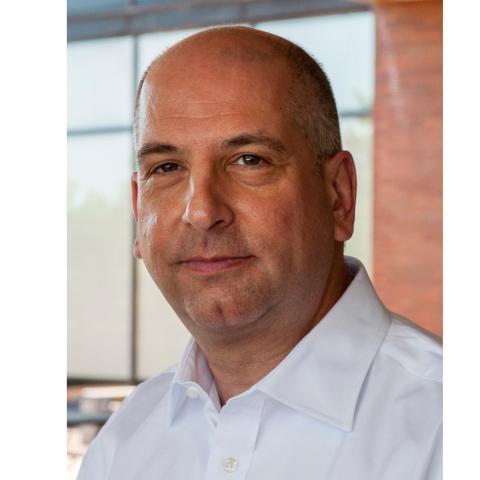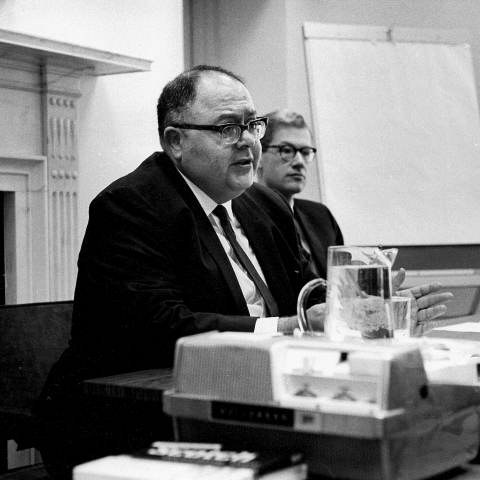In her article "“Indian drugs: not what the doctor ordered”()":www.ft.com/intl/cms/s/0/d4951900-5aea-11e5-9846-de406ccb37f2.html (September 10), Amy Kazmin states that “there are now 39 drugmaking facilities in India — owned by 27 different companies — that were once permitted to make medicines for US consumers, but have since lost that clearance due to regulatory problems”.
This means they are producing drugs that are not equivalent to the patented product and are thus considered substandard. One was recently fined $500m after pleading guilty to criminal charges, including the sale of adulterated drugs. While this protects American consumers, it does nothing for the millions of poor in Africa that are the recipients of antiretroviral (ARV) drug products from these same facilities.
Indian manufacturers dominate the ARV market for AIDS patients, accounting for more than 80 per cent of global sales. They constitute a pharmacy to the developing world. According to WHO, there are 15 million patients in the developing world that are under ARV treatment. Of this number, 12 million are receiving ARVs from Indian producers. The imminent danger is that substandard drugs are the leading cause of drug resistance.
A research study in 2010 by the Center for Global Development in Washington found that after an average of 20 months under ARV treatment, 22 per cent of patients experienced drug resistance, and had to switch to second line treatments. These are exponentially more expensive than first line therapies, often requiring periods of hospitalisation. Indian drug manufacturers do not conduct post-marketing surveillance activities and thus have little interest in recording patients’ adverse reactions.
In countries like Kenya, their sole recourse is to fall back on the kindness of the international donor community for the provision of expensive second line therapies.














